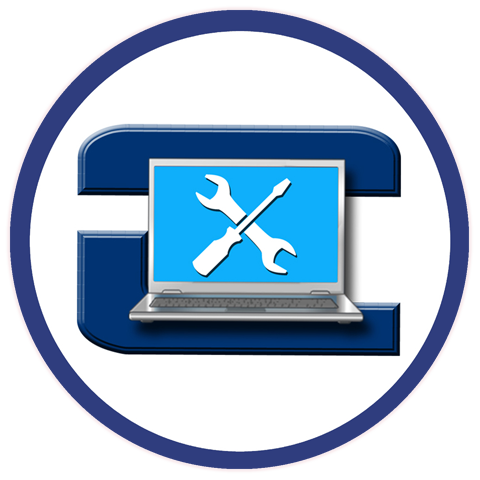People ask us this question from time to time. While it is impossible for us to know for sure if your computer is dying without doing any diagnostics, we have a few pointers that might help you identify instances when your computer needs immediate attention. But before we get into that, there are a few exceptions worth mentioning. Some of the warning signs we will cover here can also be caused by an over active Antivirus, bad virus or bad software configurations. So keep in mind that the real cause of these warning signs can only be established with proper diagnostics.
Since loss of data is the main concern for most of us when our computer crashes, we thought it would be useful to highlight the warning signs that are often associated with hard drive (computer storage memory) failure. The goal of this article is to hopefully provide you with information that could help you prevent data loss if your computer is not backed up. Ok, without further ado, here are some computer “symptoms” that you don’t want to shrug off in the order from bad to worse:
The computer is slower than usual or freezing up during operation
- If your computer is about 3 years or older, this could signify that your hard drive is failing. If you have not been backing up your data, you will need to do so while you still have access to the data, just in case the hard drive is failing.
Frequent startup issues
- When it takes several attempts to get your computer started, a corrupt operating system might be to blame for the problem. But a failing hard drive might also be the problem. Your computer might start up after doing an automatic disc check, which could temporarily fix the start up. But, if the hard drive is going bad, this fix will be short lived.
The blue screen of death
- Sounds a bit ominous don’t you think? While a blue screen of death can be caused by viruses or software issues, it can also be a result of failing hardware. Again, in computers 3 years or older, if there was no significant changes in your computers software, you definitely need to have your computer checked for failing hardware such as the hard drive, RAM or even the motherboard.
Stuck on a black screen with or without blinking cursor
- This often occurs when the hard drive becomes inaccessible. This can be due to a corrupt file system or worst case, hard drive failure. When the screen is blank with no cursor, but there are signs that the computer is on, that can indicate RAM, video card or motherboard problems. If that is the case, your data might still be salvageable. So, get a computer professional to look at your computer to establish what exactly is going on.
Boot error, boot device not found /No boot device
- Sometimes power surges or liquid spills (especially on laptops) can damage the hard drive and make it suddenly inaccessible. Those rare instances are the exception when it comes to the rest of the warning signs above. But in most cases you will see at least one or more of the warning signs above before you get the “no boot device” error message. By this time it might be too late for any simple inexpensive data recovery. Your computer can still be repaired if only the hard drive is bad. But data recovery will most likely cost a pretty penny at this point.
While looking out for these symptoms may help prevent data loss, the real solution is doing regular backups of your valuable data. We recommend using at least 2 backup devices interchangeably since there are some viruses that can compromise any storage device attached to your computer. Cloud backups like One Drive, Google Drive, Carbonite, etc. are some good options to consider in case of fire, natural disasters or even device theft. However, if you have not backed up your data and it looks like your computer is on the fritz, we hope you now know how to spot when a serious problem is imminent and take action to prevent unnecessary data loss.

